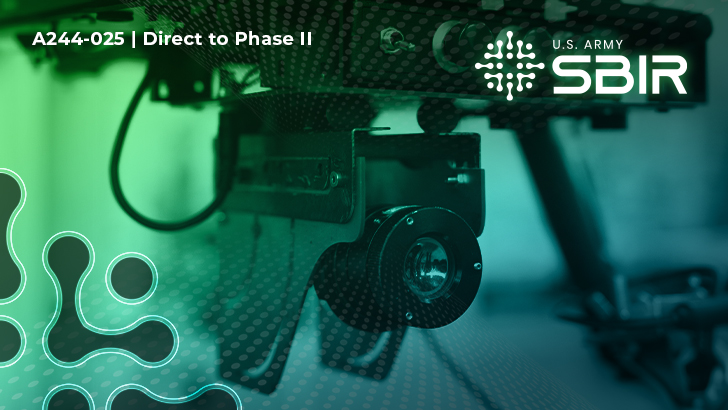

Objective
The Army seeks to develop novel technologies and fabrication techniques that can reduce the cost of sensor payloads based on resistive microbolometer technology.
Description
Thermal longwave infrared capabilities are crucial to Army applications. However, the cost of high-resolution sensors is prohibitive and often forces the Army to use less capable payloads. To address this challenge, the Army requests vendors develop a thermal sensor payload with a comparable size, weight, power and performance to current commercial offerings, while also providing a high-definition array and dramatically reduced unit price.
Firms could accomplish this by using novel manufacturing techniques, new materials systems, innovative components or modular designs. In turn, U.S. Army Small Business Innovation Research Direct to Phase II contracts will focus on the demonstration of these capabilities. Meanwhile, Phase II sequential efforts will prioritize the delivery of a payload prototype that meets evaluation requirements by Army Unmanned Aircraft Systems or other programs.
Phase I
The Army will only accept Army SBIR Direct to Phase II proposals for a cost up to $2,000,000 for a 24-month performance period.
Phase II
The Army highly encourages DP2 proposals to businesses that have solutions meeting the following requirements. Vendors must show through modeling, simulation or other appropriate methods the estimated cost reduction compared with products made using current fabrication techniques or technologies. During the performance period, firms must:
Phase III
Submission Information
All eligible businesses must submit proposals by noon, ET.
To view full solicitation details, click here.
For more information, and to submit your full proposal package, visit the DSIP Portal.
SBIR|STTR Help Desk: usarmy.sbirsttr@army.mil

References:
Objective
The Army seeks to develop novel technologies and fabrication techniques that can reduce the cost of sensor payloads based on resistive microbolometer technology.
Description
Thermal longwave infrared capabilities are crucial to Army applications. However, the cost of high-resolution sensors is prohibitive and often forces the Army to use less capable payloads. To address this challenge, the Army requests vendors develop a thermal sensor payload with a comparable size, weight, power and performance to current commercial offerings, while also providing a high-definition array and dramatically reduced unit price.
Firms could accomplish this by using novel manufacturing techniques, new materials systems, innovative components or modular designs. In turn, U.S. Army Small Business Innovation Research Direct to Phase II contracts will focus on the demonstration of these capabilities. Meanwhile, Phase II sequential efforts will prioritize the delivery of a payload prototype that meets evaluation requirements by Army Unmanned Aircraft Systems or other programs.
Phase I
The Army will only accept Army SBIR Direct to Phase II proposals for a cost up to $2,000,000 for a 24-month performance period.
Phase II
The Army highly encourages DP2 proposals to businesses that have solutions meeting the following requirements. Vendors must show through modeling, simulation or other appropriate methods the estimated cost reduction compared with products made using current fabrication techniques or technologies. During the performance period, firms must:
Phase III
Submission Information
All eligible businesses must submit proposals by noon, ET.
To view full solicitation details, click here.
For more information, and to submit your full proposal package, visit the DSIP Portal.
SBIR|STTR Help Desk: usarmy.sbirsttr@army.mil
References:
